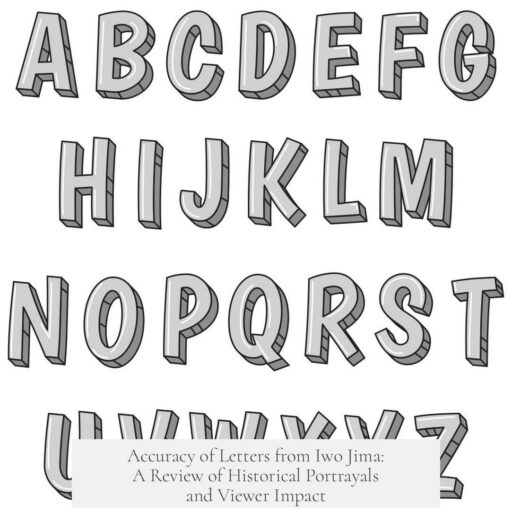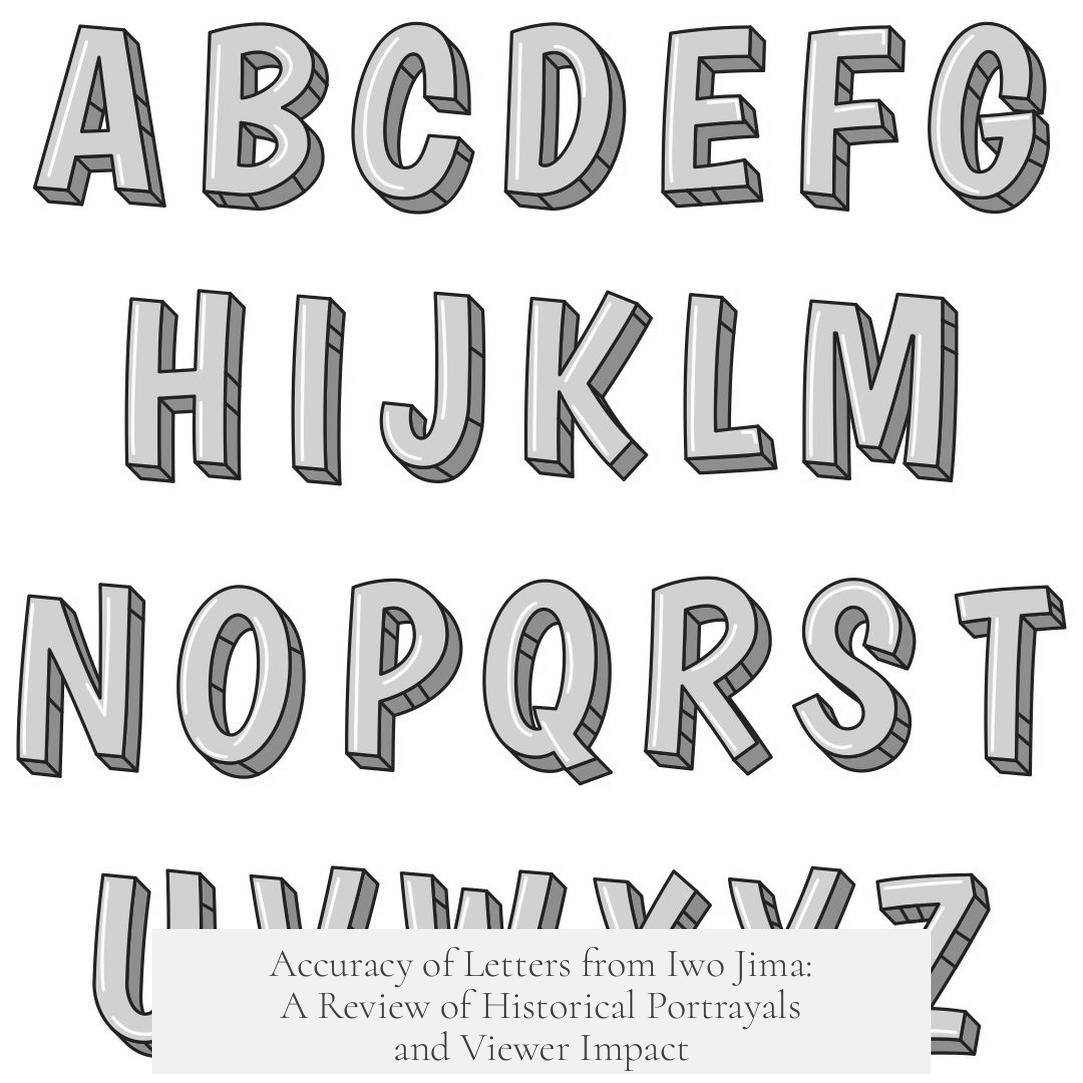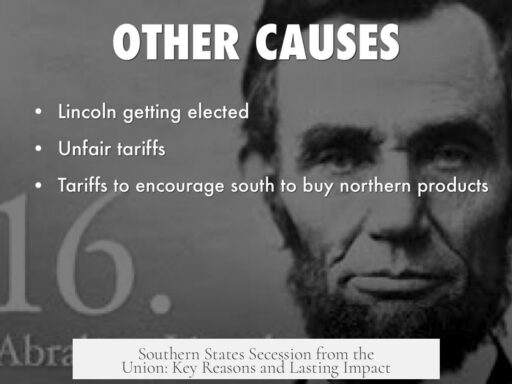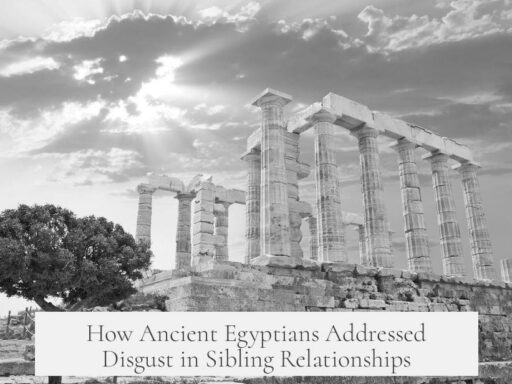The movie Letters from Iwo Jima offers a notably accurate and humanizing portrayal of Japanese soldiers during World War II. Unlike many war films focusing on American perspectives, this film presents the Japanese viewpoint with depth and empathy. It moves beyond stereotypes of the enemy and reveals the soldiers as complex individuals with fears, hopes, and doubts.
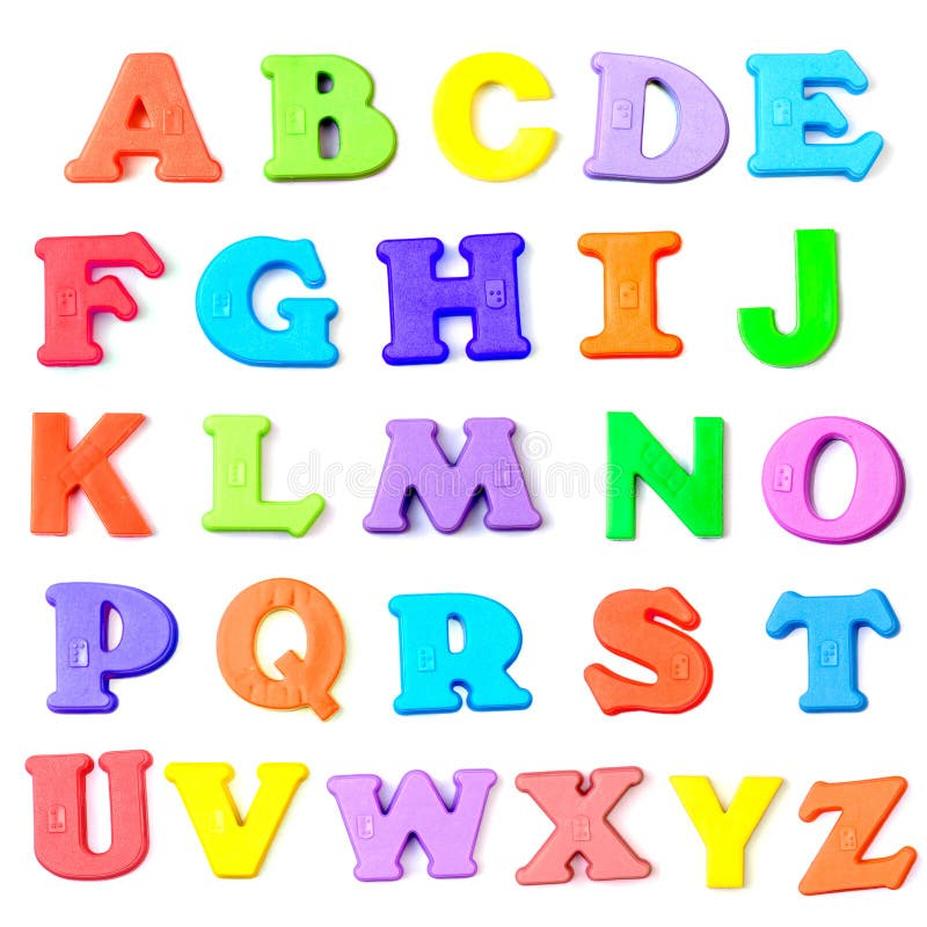
The film is unique in showing the psychological and emotional struggles of Japanese troops defending Iwo Jima. It displays their strategic decisions and moral conflicts, providing a fuller understanding of their experience during the battle. This contrasts with many American-centric war depictions that reduce Japanese soldiers to faceless adversaries.
Other media, such as the TV series The Pacific, do not offer this insight. Due to their focus on American characters, they often portray Japanese soldiers simply as obstacles or enemies to be defeated. This depiction lacks nuance and tends to dehumanize the opposing side. Consequently, such shows provide limited understanding of the Japanese perspective or mindset during the war.
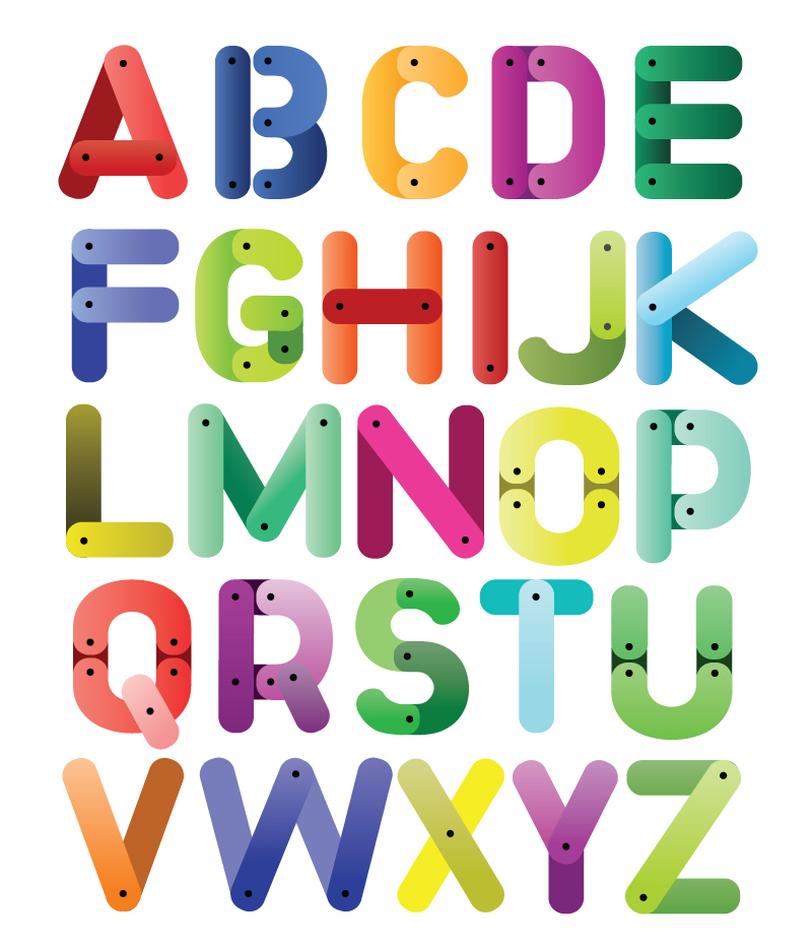
Letters from Iwo Jima draws on historical records, including actual letters from soldiers, to add authenticity to the narrative. While certain dramatic elements are inevitable in cinema, the film remains grounded in historical context and credible characterizations.
| Aspect | Accuracy and Detail |
|---|---|
| Perspective | Shows Japanese soldiers as human beings, not mere enemies |
| Emotional Depth | Focus on psychological struggles and moral dilemmas |
| Contrast with Other Media | More nuanced than American-centric war series like The Pacific |
| Historical Basis | Incorporates real letters and context for authenticity |
The film avoids oversimplified portrayals common in other works. It captures the soldiers’ resilience and loyalty while also acknowledging their fears and doubts. This balanced approach offers a valuable historical insight into the complexities of warfare from the Japanese side.
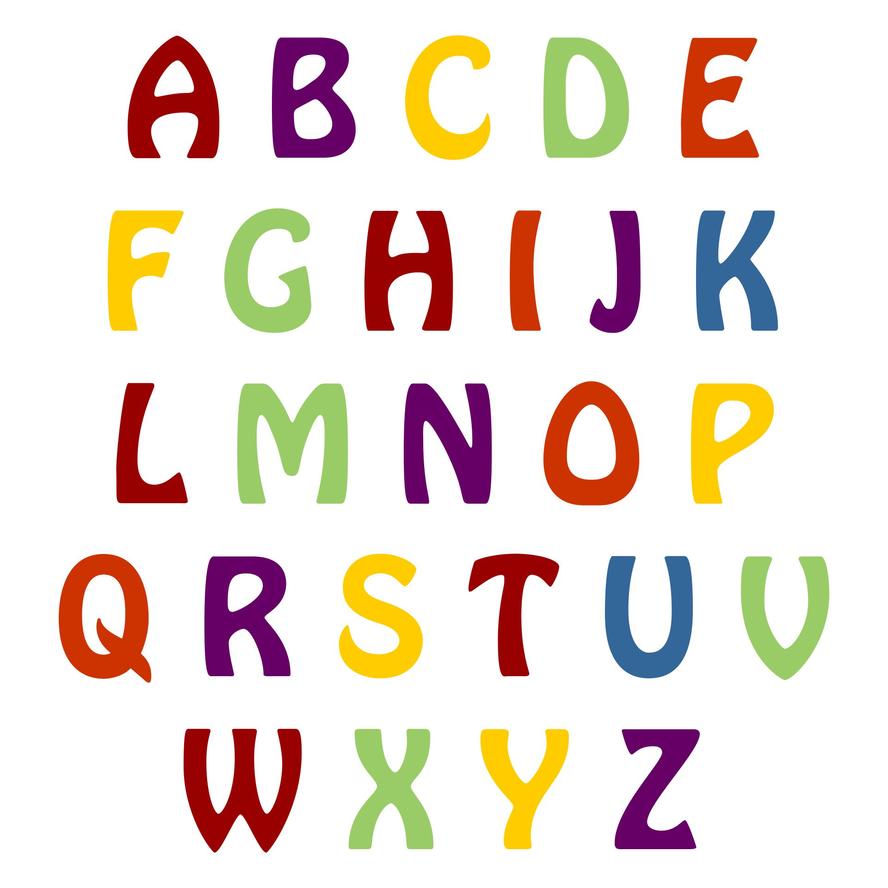
- Letters from Iwo Jima humanizes Japanese soldiers.
- It provides a rare Japanese perspective often absent in American war media.
- The film is based on authentic sources, including actual soldier letters.
- It contrasts with other series that reduce Japanese soldiers to faceless enemies.
How Accurate Is the Movie Letters from Iwo Jima?
Answering the burning question first: Letters from Iwo Jima is remarkably accurate in its humanization and perspective of Japanese soldiers during World War II. But what does that really mean? How does the film stack up against historical fact, and why should we care about this particular portrayal? Let’s dig in.
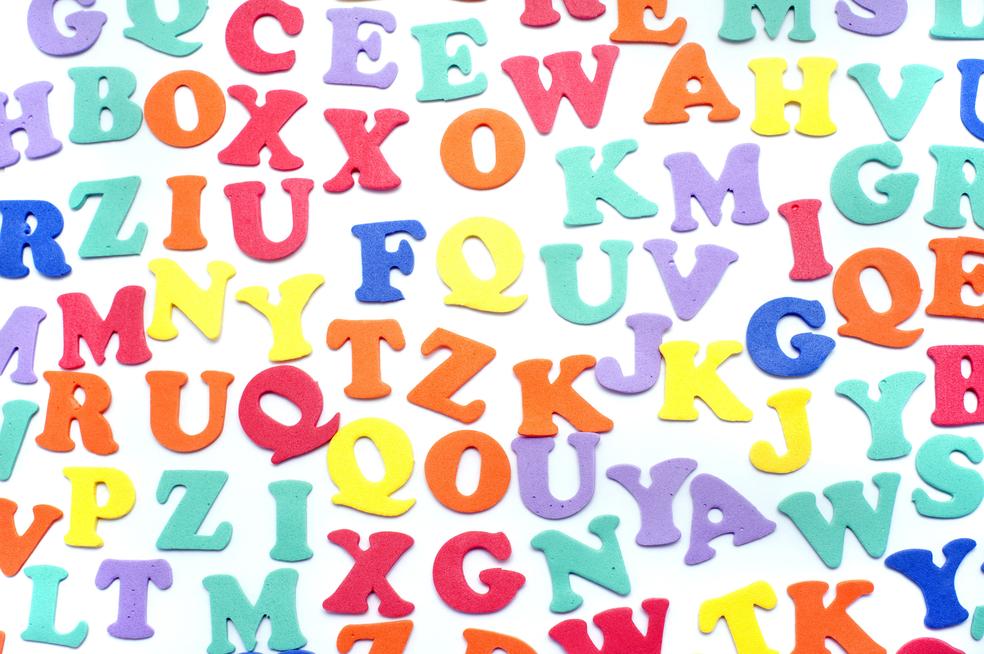
Imagine watching a war movie where the traditional enemy isn’t just a shadowy villain but a vivid character with hopes, fears, and regrets. Letters from Iwo Jima does exactly that by focusing on the Japanese side of the Iwo Jima battle. This approach starkly contrasts with many Western war films that often paint the Japanese purely as faceless enemies.
Perspective and Humanization: The Film’s Strongest Suit
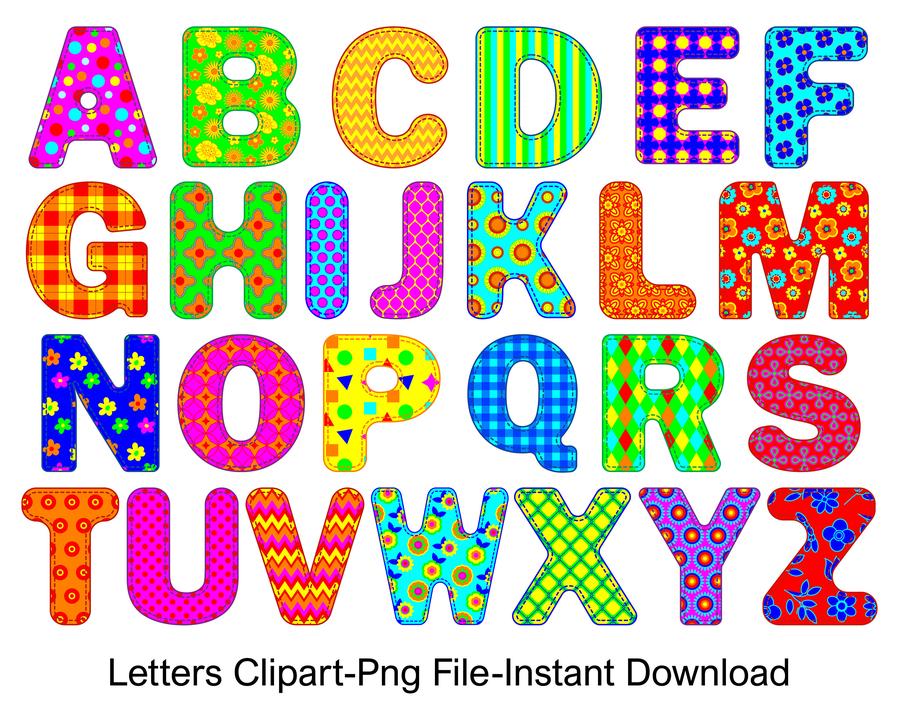
The real strength of Letters from Iwo Jima lies in its unique perspective. The story unfolds through the eyes of Japanese soldiers, highlighting their human side. These aren’t caricatures or mere obstacles but individuals —with families, personal conflicts, and raw emotions. The characters grapple with loyalty, honor, and the harsh realities of war. By showing this, the film challenges viewers to see beyond the stereotype of “enemy soldier.” It reminds us that the Japanese soldiers were “just humans” much like their American counterparts, sharing universal feelings of fear and hope.
One compelling example is the depiction of General Tadamichi Kuribayashi, the real commander on Iwo Jima. Historically, Kuribayashi was a pragmatic and skilled leader who understood the odds were against him. In the film, he is shown planning defensive tactics thoughtfully, unwilling to sacrifice his men needlessly. This portrayal sticks close to historical accounts and steps away from the often simplistic “fanatical enemy” trope common in other media.
Comparing Letters from Iwo Jima to Other War Dramas Like The Pacific
Contrast this with the TV series The Pacific, which also deals with World War II in the Pacific region. While it’s a compelling series, The Pacific largely views the Japanese through the lens of the American soldiers—it barely explores the psyche or motivations of the Japanese fighters themselves. This limits how “human” the Japanese characters appear. They often serve simply as obstacles or “the other” to be overcome, without much backstory or depth.
This difference matters. Films like The Pacific are more action-driven; the enemy is almost interchangeable. They might as well be Germans or Luxembourgians, as the show doesn’t invest in exploring their unique stories or perspectives. The Japanese soldiers come off less as people and more as faceless opponents, making it hard to gain insight into their experiences or cultural mindset.
Letters from Iwo Jima, on the other hand, dives deep into these complex layers. By using authentic Japanese language and focusing on real letters and historical records, the film offers a more nuanced and intimate portrayal. This helps viewers understand the motivations, fears, and humanity of the Japanese soldiers, painting a picture often missing in Western war narratives.
Historical Accuracy: Fact-Checking the Film’s Portrayal
Is Letters from Iwo Jima actually historically accurate? Broadly, yes. Director Clint Eastwood drew on letters written by real soldiers and extensive research to tell the story. The uniforms, tactics, and setting are carefully detailed. The defensive strategy Kuribayashi used—digging tunnels and focusing on attrition rather than direct confrontation—is supported by military historians.
Of course, no movie can capture every detail perfectly, and some dramatizations and fictionalized elements exist to enhance storytelling. But the core of the film respects historical facts and emphasizes the human cost of war on all sides.
What Does This Mean for Viewers?
If you’re looking for a film that simply glorifies battle or paints a clear-cut good vs. evil story, Letters from Iwo Jima isn’t your go-to. Instead, it offers a rare invitation to walk a mile in the enemies’ boots. It pushes the audience to question simple narratives of war and consider the shared humanity beneath the uniform.
For history buffs, it adds dimension to a well-known battle by exploring the Japanese viewpoint—a perspective rarely given this much depth in Western cinema. For those curious about war’s emotional toll, the film provides a heartfelt, sometimes heart-wrenching look at the soldiers caught in impossible circumstances.
How often do you get to watch a World War II movie that makes you feel empathy for both sides? This film manages that balance beautifully.
Final Thoughts: Should You Trust Letters from Iwo Jima as a Historical Source?
In short: it’s one of the most accurate and humanizing portrayals you’ll find. While no movie is a substitute for scholarly history or firsthand accounts, Letters from Iwo Jima offers a profound, thoughtful look at a critical moment in World War II. It reminds us that every soldier, regardless of nationality, faced fear, pain, and duty.
In a world where enemy soldiers often become mere symbols, this film insists on a big and important idea: enemies are human too. That alone makes it invaluable, both as art and as history.
“Letters From Iwo Jima gives us the perspective of the Japanese soldiers…they were after all just humans – not any different from the Americans fighting them.”
Next time you watch a war movie, ask yourself: whose story is being told? Maybe you’ll find that the most accurate and moving stories are those that show us the full picture—not just the side we expect.
Q: Does Letters from Iwo Jima show the Japanese soldiers as real people?
Yes. The film presents them as humans, not just enemies. It explores their thoughts, fears, and struggles during the battle, giving a deeper view of their experience in the war.
Q: How does Letters from Iwo Jima differ from The Pacific in portraying Japanese soldiers?
Unlike The Pacific, which focuses on American perspectives, Letters from Iwo Jima centers on the Japanese side. The Pacific treats Japanese soldiers mostly as faceless enemies, while Letters shows their humanity and emotions.
Q: Can Letters from Iwo Jima be considered historically accurate?
The movie aims to reflect true events but takes some creative liberties. It tries to stay faithful to the Japanese perspective, though some details may be simplified for storytelling.
Q: Why might The Pacific not offer a deep understanding of Japanese soldiers?
The Pacific is focused on the American viewpoint. It often reduces Japanese soldiers to obstacles rather than exploring their background or motivations on a personal level.
Q: Is the portrayal of Japanese soldiers in Letters from Iwo Jima unique in war films?
Yes. It is rare for war movies to show the Japanese perspective with such depth. This film humanizes them, which contrasts with many Western war films that portray them mainly as enemies.
